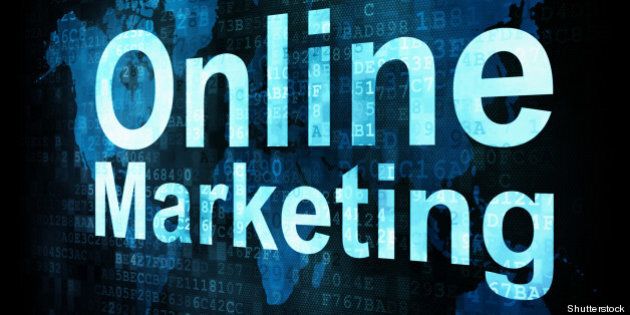
Research suggests 79 per cent of marketing leads never convert into sales. In addition, most businesses focus on the 21 per cent of prospects that are ready to purchase, and spend little or no time trying to convert the remaining 79 per cent. What an opportunity... no effort is spent on trying to develop and close 4/5 of the opportunities that avail themselves to us. This gives new meaning to the 80/20 rule!
In a time when it's increasingly difficult to attract the attention of qualified prospects due to fragmentation of media, we basically discard 80 per cent of leads.
The silver lining? Today, the same elements that make it harder to stand out and attract leads, also make it easier to capture the 80 per cent of prospects typically forgotten. It's also possible now, where it wasn't previously, to ensure that all marketing tactics employed work together as one cohesive strategy.
Fortunately for small and medium business owners (SMEs), the Internet, while changing the marketing game, has also leveled the playing field and has paved the way for marketing efforts to be increasingly efficient and effective through a concept known as inbound marketing.
Inbound marketing is the place where all media, including owned, earned and paid forms of media all meet. It's the glue that unites all marketing tactics online and offline into a cohesive strategy, and employing it serves to increase the effectiveness of all other media tactics that a company utilizes.
In essence, inbound marketing (IM) is a systematic approach. It involves:
- Utilizing high quality relevant content to attract prospects to your website
- Converting those prospects into leads using content
- Nurturing those leads into sales, again augmented using content
IM capitalizes on the fact that with the advent of the internet, people now prefer not to have advertising pushed on them, but rather to source out information themselves when they're ready. By using quality content to attract them to your website and then providing them with ongoing HIGH-QUALITY content (i.e. reasons) to maintain that connection, you can help define their purchase needs and guide their decision making (i.e. buying) process.
At the same time, content is the one and only form of marketing that is "cumulative," meaning it's not campaign-based (providing value for a short period of time). Instead, quality content created today may continue to drive leads and sales in five years time, and therefore the more content a company has online, the more business they receive. It has a cumulative effect.
What might that content be?
Well, it may be your blog, new research, e-books or white papers you produce, survey results, or informative videos for example.
Where do you get that content?
You can leverage your efforts in other spaces to derive content: pulling or re-purposing information from marketing or informational materials, presentations or webinars, submissions or proposals, drawing from feedback on social media channels, and observations or trends you're seeing at the trade shows you're already at. In essence, IM pushes you to look at all your existing marketing efforts and how they can support fulfilling content creation. You can also look to your people, and turn your employees into an army of content creators.
It's important to realize however, that it's not merely the creation of content that makes it successful. There is a methodical process for identifying the topics, developing the content in the right format, seeding it in the right places, testing and even optimizing it to ensure success and propagation.
In a nutshell, the reality is that today people prefer to seek out content when they need it -- because they can! The best channels to seek out content are search engines and social media. Exceptional quality content is at the heart of both social media and search, in that the better the quality of the content, the more likely it is to be shown/seen.
The result? There is a now a window of opportunity for most SMEs. The reason? Typically, the bigger the company, the slower they are to react to change, and the more likely they are to continue using techniques that traditionally worked (advertising). During this limited window of opportunity (i.e. now!) created by the rapid evolution of marketing, you can capitalize on your larger competitors' weaknesses, and maximize the effectiveness of your marketing by employing the Inbound Marketing process. Are you up for it?
Jeff Quipp is an expert on inbound marketing. He is the founder and CEO of Search Engine People Inc. (SEP), Canada's largest digital marketing firm, which has been on the PROFIT 200 ranking of Canada's Fastest Growing Companies for the past five consecutive years.
